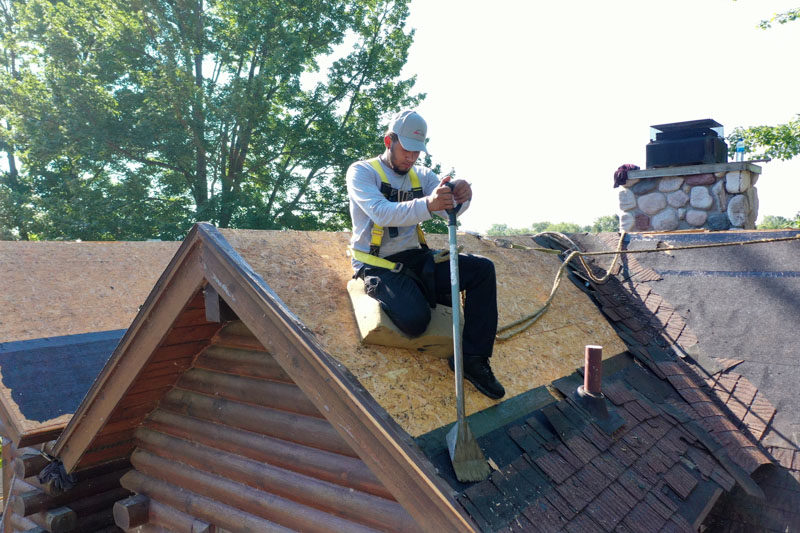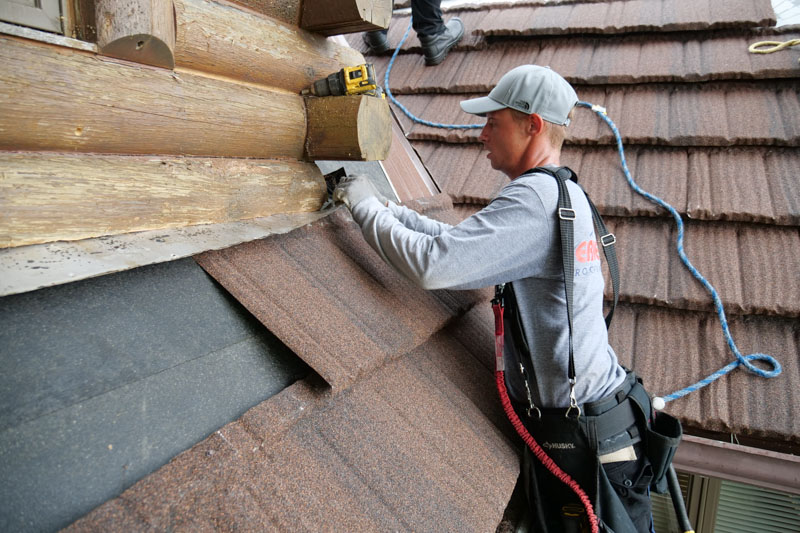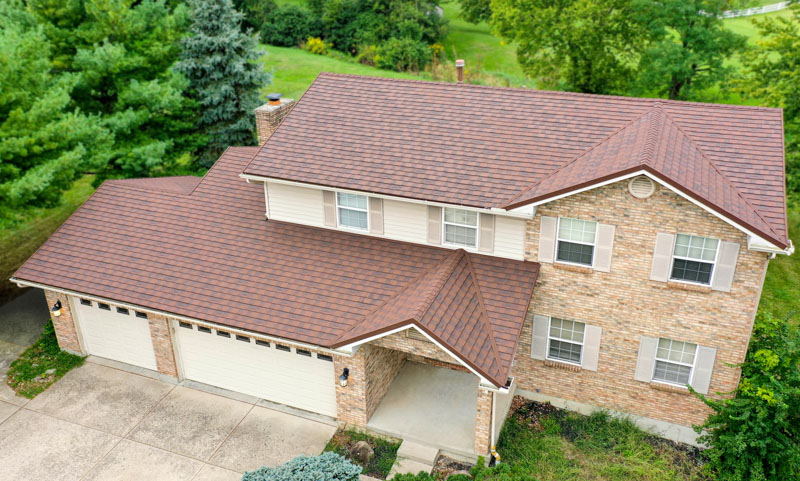Homeowners all over the country are starting to recognize the value of metal roofs compared to traditional asphalt shingle roofs. Still, many of them face widespread misconceptions and misunderstandings of metal roofs, how they function, and what to expect when it comes to installing them and replacing old roofs. Many Americans are also more environmentally conscious than previous generations and want to ensure their new roofing selection will not negatively impact the environment.
It is vital to make informed decisions about home improvements and renovations and to weigh both the initial cost of a repair or upgrade as well as the long-term value it can provide. If you need to replace your roof and are considering a new metal one, you should understand what to expect. You need to consider the removal of the old roof and installation of the new one, as well as the environmental impact of your choice.
In This Article
Does the Old Roof Need to Be Removed?

Many Ohio homeowners who are considering new metal roofs for their homes wonder if removal of their old roofing material is necessary before installing a new metal roof. There is no single answer to this question. It’s important to carefully evaluate several factors, such as the type of metal roof being installed and the quality and nature of the existing roof.
If the current roof has a very rough and uneven surface, it could compromise the appearance of a new metal roof laid overtop of the old roof. If the existing roof is broken, rotten, or requires extensive repairs before any new roof can be installed, this is also a sign that it is better to have the old roof removed before the new metal roof is installed. If you install a new metal roof over a highly compromised asphalt shingle roof, the metal roof will effectively seal these problems into the underlying layers, and the damage will worsen and compromise the integrity of the new metal roof.
Local building codes can also come into play in some metal roof installations. For example, if there are already several layers of roofing on the home, national or local roofing codes may prevent the homeowner from installing yet another layer of roofing on top. Even if codes are not an issue, multiple layers of existing roofing materials could prevent the metal roof from installing correctly. For example, nails or screws may not be able to penetrate deeply enough to the underlying structure for a safe and secure hold. Depending on how many layers of existing roofing materials are on top of the house, there may be no other option but to remove everything for the new roof to be installed safely and correctly.
When It’s Fine to Install Metal Roofing Over an Existing Roof

For some homeowners, removing the previous roof may not be a concern. If there are only one or maybe two layers of old roofing on top of the home, the nails or screws used to install the metal roof may still be able to anchor safely into the structural deck of the roof. It’s also vital to assess the health of the existing roof. If the existing roof has no signs of damage or rot, then it might be fine to install the new metal roof on top of it. The existing roof should not be uneven or have noticeably irregular surfaces.
If a homeowner is considering installing a new metal roof on top of an existing roof, the homeowner should be careful about checking local and national roofing codes to make sure the new roof layer would not be out of compliance. As long as applicable codes allow, and the new metal roof to be installed does not require a bare substrate, installing the new metal roof over the existing roof could be a perfectly viable option.
What Happens to Removed Roofing Material?
Homeowners across the country are more conscious of the environmental impact of their home improvements. When it comes to roof replacements, homeowners need to understand that asphalt shingles removed from a roof will ultimately wind up in a landfill if they are not properly recycled. Unfortunately, only some recycling facilities will accept asphalt shingles as they are petroleum-based products. You cannot leave asphalt shingles out with the regular trash; most waste management companies will not even pick them up.
Metal Roofs Are Environmentally Friendly

One of the best aspects of metal roofs and one of the reasons why they have become so popular in recent years is the fact that they are not only wholly recyclable but also primarily made from recycled materials. When it’s time to replace a metal roof, the homeowner can take comfort in knowing that the old metal roof will not contribute to landfill waste. Metal roof materials such as zinc, copper, steel, and aluminum are completely recyclable, and most of the leading metal roofing material manufacturers use reclaimed and recycled metals to create new metal roof panels and shingles.
Ultimately, installing a new metal roof on your home is not only an environmentally responsible choice but also a financially sound one. Metal roofs can last two to three times longer than the best asphalt shingle roofs, require minimal maintenance, and often lead to significant energy savings thanks to their inherent insulating capabilities. If you want to replace your roof and are not sure about whether your old roof needs to come off first, ask an experienced metal roofing contractor and consider requesting an inspection of your existing roof. A good roofer can assess the condition of your current roof and determine if installing your new metal roof on top would not only follow applicable codes but also yield the results you expect.
